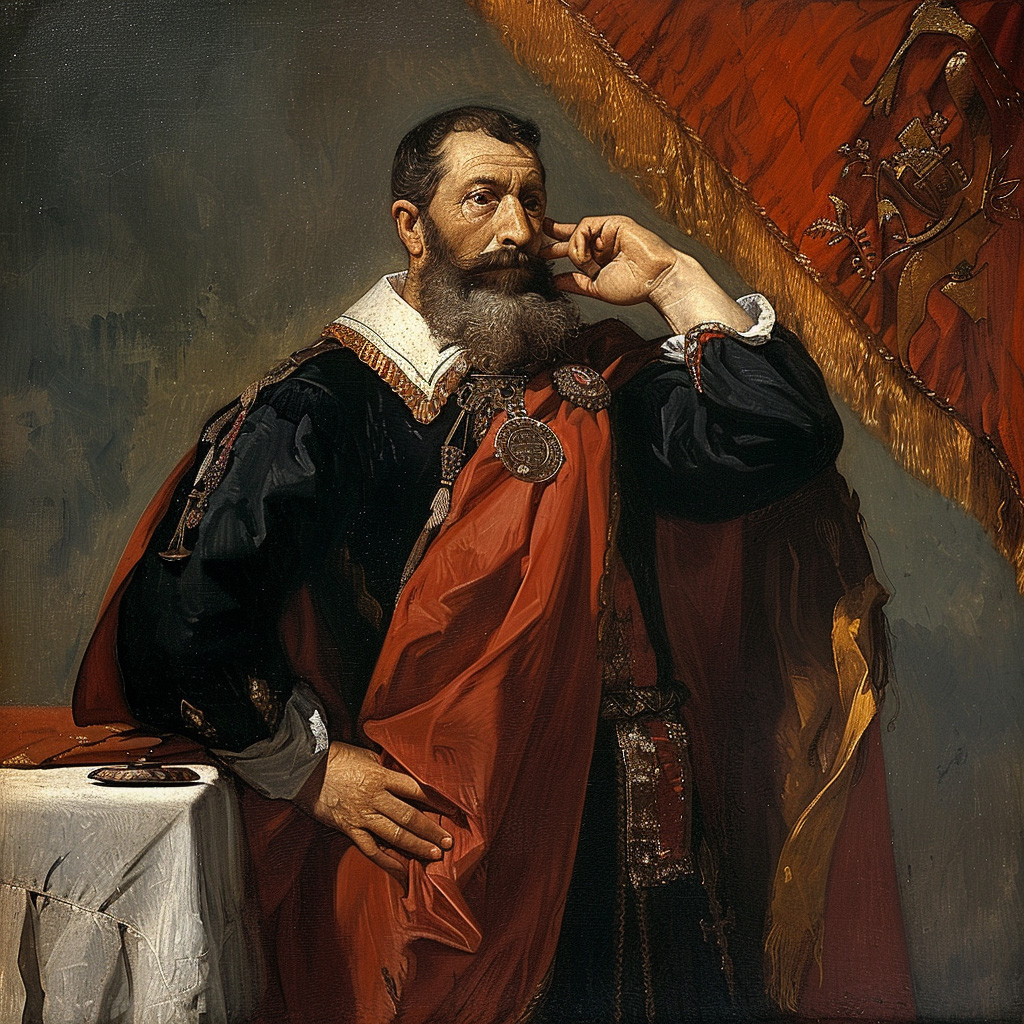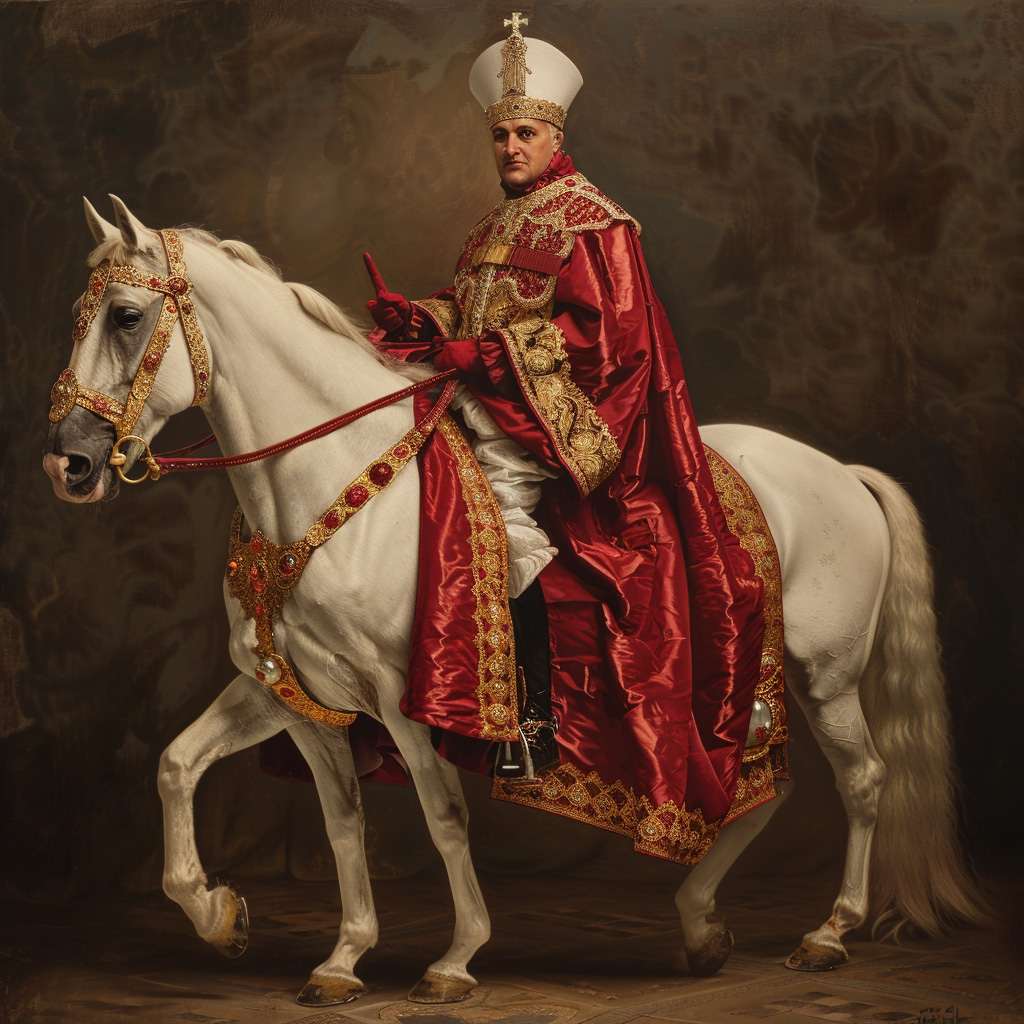
Explorer, Conqueror, Discoverer
1487-1526
Rodrigo de Bastidas sailed with Christopher Columbus during his second voyage to the New World in 1493, He has been called Spain’s Noblest Conquistador due to his policy of respect, humanity, and friendship towards the native people. In my opinion, Bastidas was a mentor to Vasco Nunez de Balboa, a major reason Balboa was so successful.
Believe it or not, there were successful explorers who didn’t leave a trail of blood behind them. Meet Rodrigo de Bastidas. he was a Spanish conquistador and explorer who mapped the northern coast of South America, discovered Panama, and founded the city of Santa Marta.
Rodrigo was a well-to-do merchant and mariner from the town of Triana near Seville.
After sailing with Christopher Columbus during his second voyage to the New World in 1493, Rodrigo de Bastidas petitioned the Spanish Crown to start his own quest to be financed totally with his own money. In exchange for granting de Bastidas the right to explore various territories in the New World, the Crown required him to give them one-fourth of the net profits he would acquire. The King and Queen issued a charter.
Bastidas sailed to the New World in 1500 with two ships; He was accompanied on this voyage by none other than Vasco Núñez de Balboa, and that is why he’s in my story. He taught Balboa how to deal with natives rather than slaughter them. Because of Balboa’s successful journey with Bastidas, Balboa learned the geography, knew the temperament of the natives, learned how to trade with the natives, and got rich. However, his wealth didn’t last very long.
At the South American coast, he sailed westward from Colombia, in an attempt to explore the coastline of the Caribbean basin. He reached Panama‘s upper Caribbean coast before having to abandon his effort. He is acknowledged to be the first European to have claimed that part of the isthmus, and therefore is credited with the discovery of Panama which Vasco Nunez de Balboa ultimately settled.
However, the poor condition of his ships, caused by shipworms that ate the wooden hull, forced him to turn back and head to Santo Domingo to make repairs. Despite repeated repairs, the ships eventually sank in a port away from Santo Domingo. Bastidas and his men including Balboa were forced to return on land across the island to Santo Domingo, trading trinkets for food and supplies with Taino natives along the way.
When they eventually got to Santo Domingo he was placed under arrest by Governor Francisco de Bobadilla and sent back to Spain for allegedly trading with the indigenous people without permission. He was acquitted of these charges by the Spanish Crown, and rewarded with a pension. He returned to Santo Domingo with his family, and became “rich in cattle, at one time possessing 8,000 head”.
In 1524 he returned to the New World and accompanied by Juan de Céspedes, founded the city of Santa Marta on the Caribbean coast of Colombia. He named the city Santa Marta because it was on Saint Martha’s feast day (July 29) that the city was founded.
De Bastidas has been called Spain’s Noblest Conquistador because he had a policy of respect, humanity, and friendship towards the native people; he maintained pacifistic relations with his neighbors, the native Taganga, Dorsino, and Gaira, although it is said he had slaves too.
Bastidas was in my opinion, Balboa’s mentor. He is one of the reasons Balboa was successful.
Bastidas had a policy prohibiting his troops from brutally using the indigenous people or robbing them of their goods.
There are also some writings that paint Bastidas as a violent character, so it comes down to which 500-hundred-year-old record you want to trust.
But during one of his great expeditions later in his life, he offended some of his men. One night, while Bastidas was asleep, he was attacked by those he offended who stabbed him five times. He was able to cry out, and his men rushed to his aid. Although seriously wounded, he did not die immediately.
Owing to a lack of adequate medical facilities in Santa Marta, Bastidas attempted to sail to Santo Domingo, but bad weather forced him to land in Cuba, where he died from his injuries.

